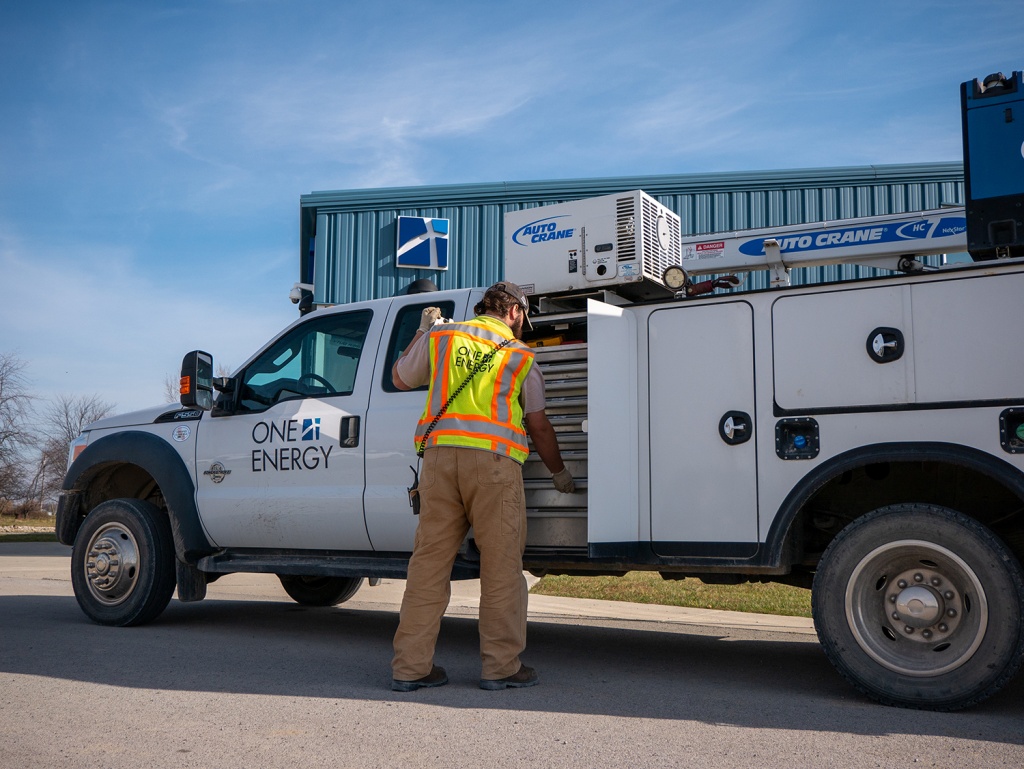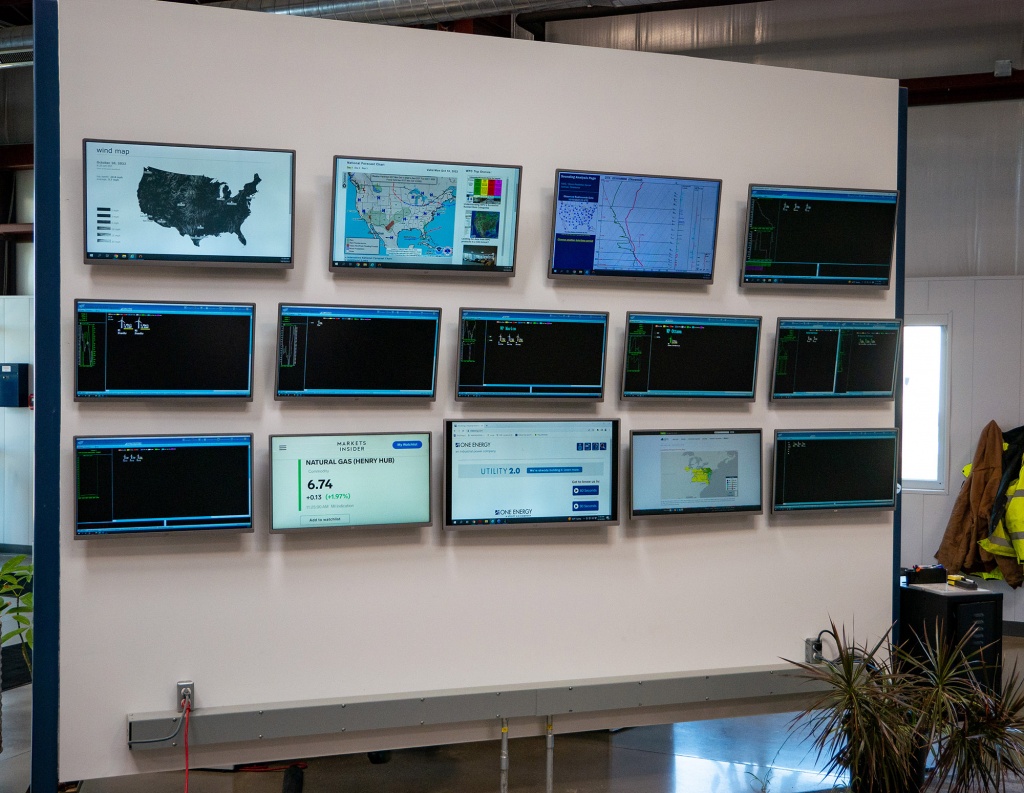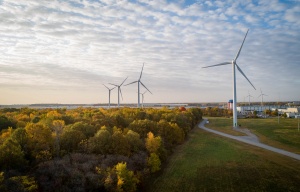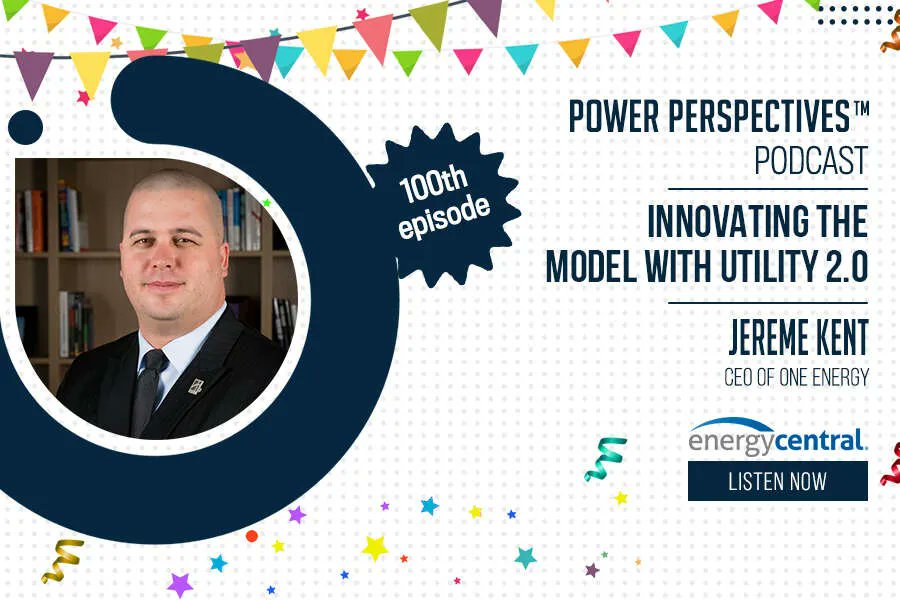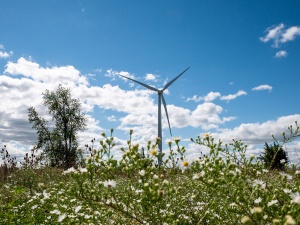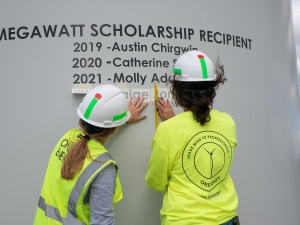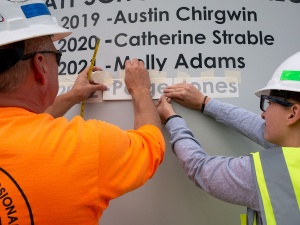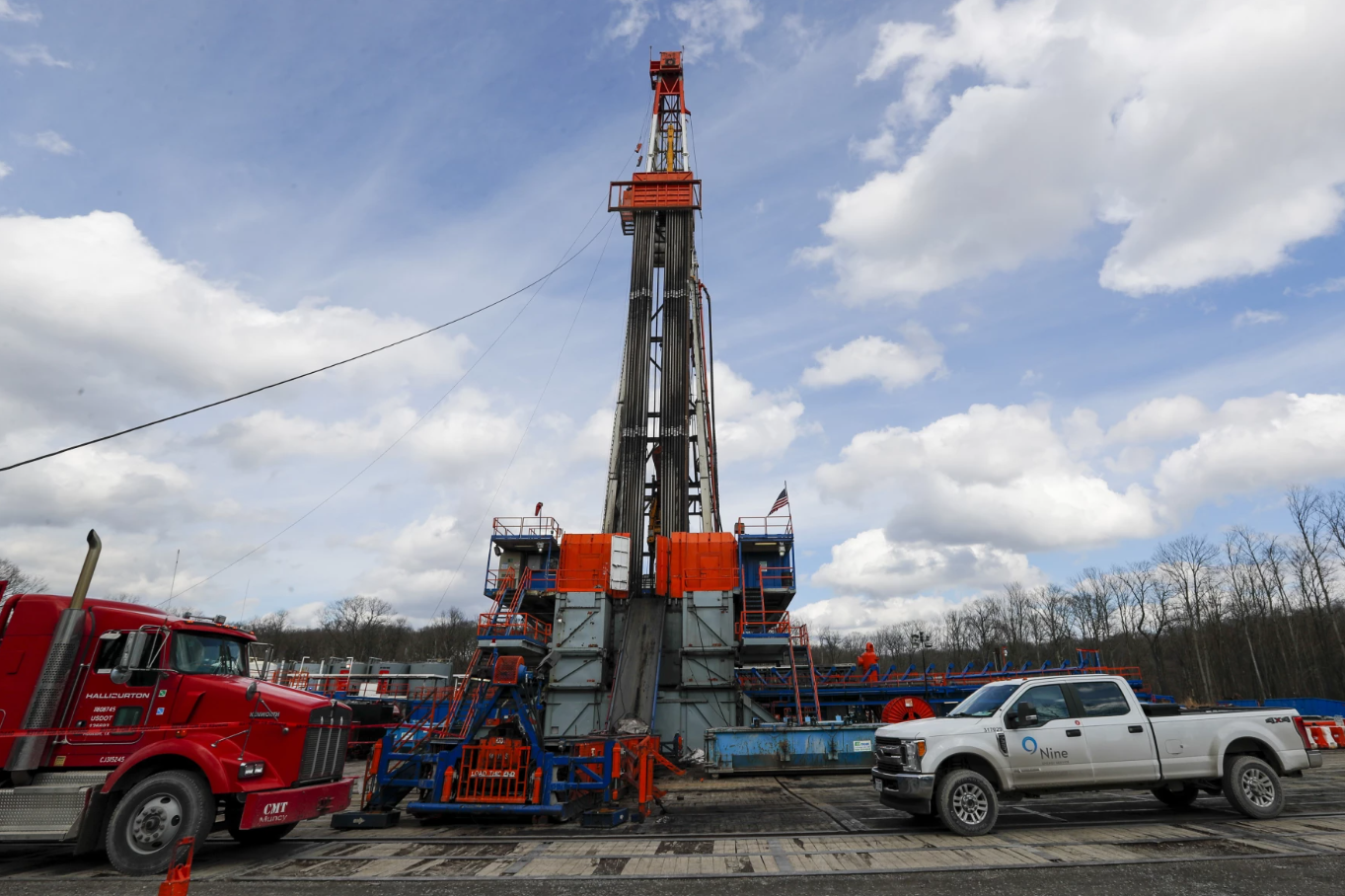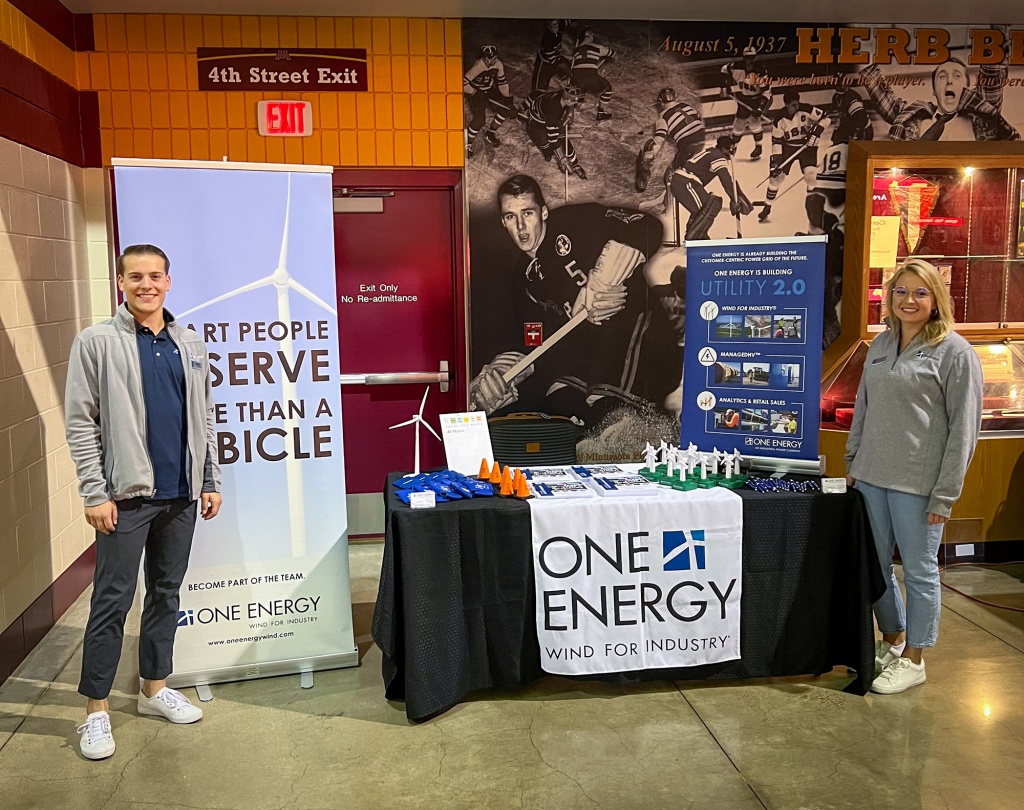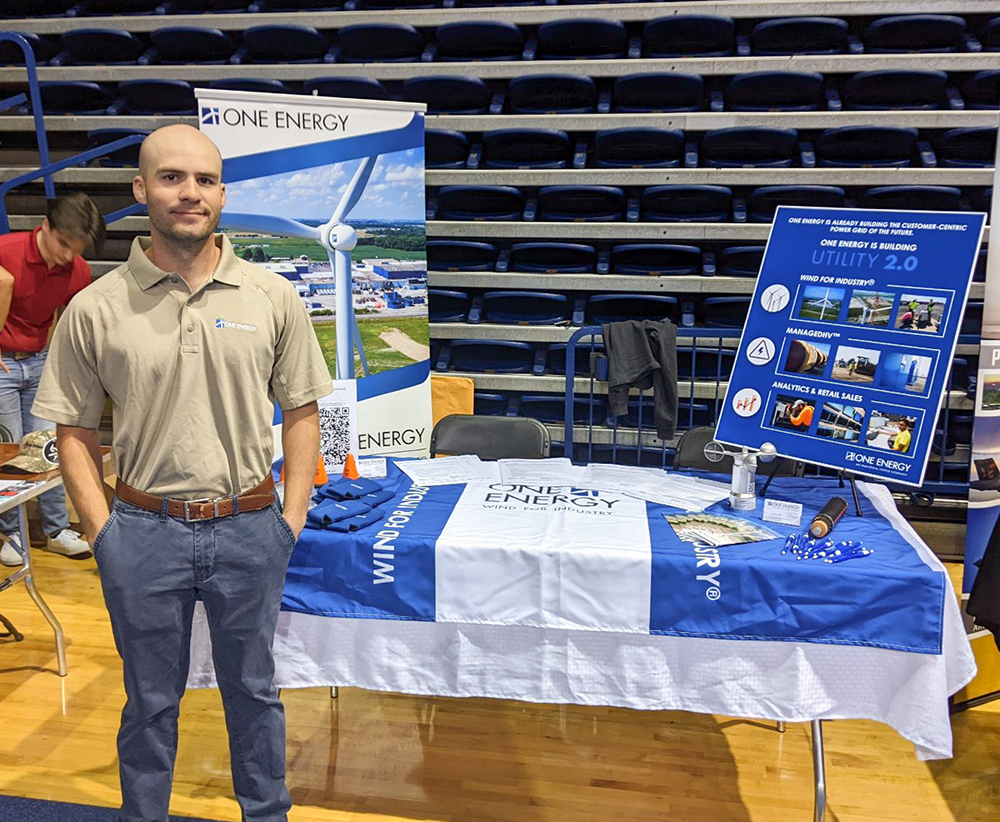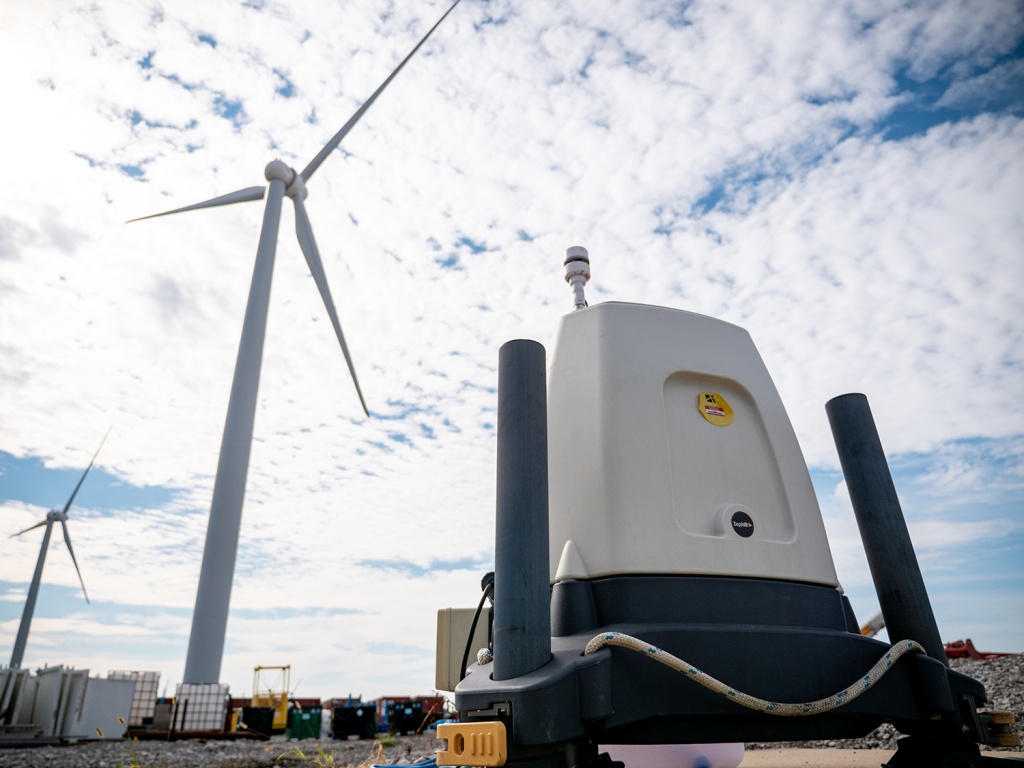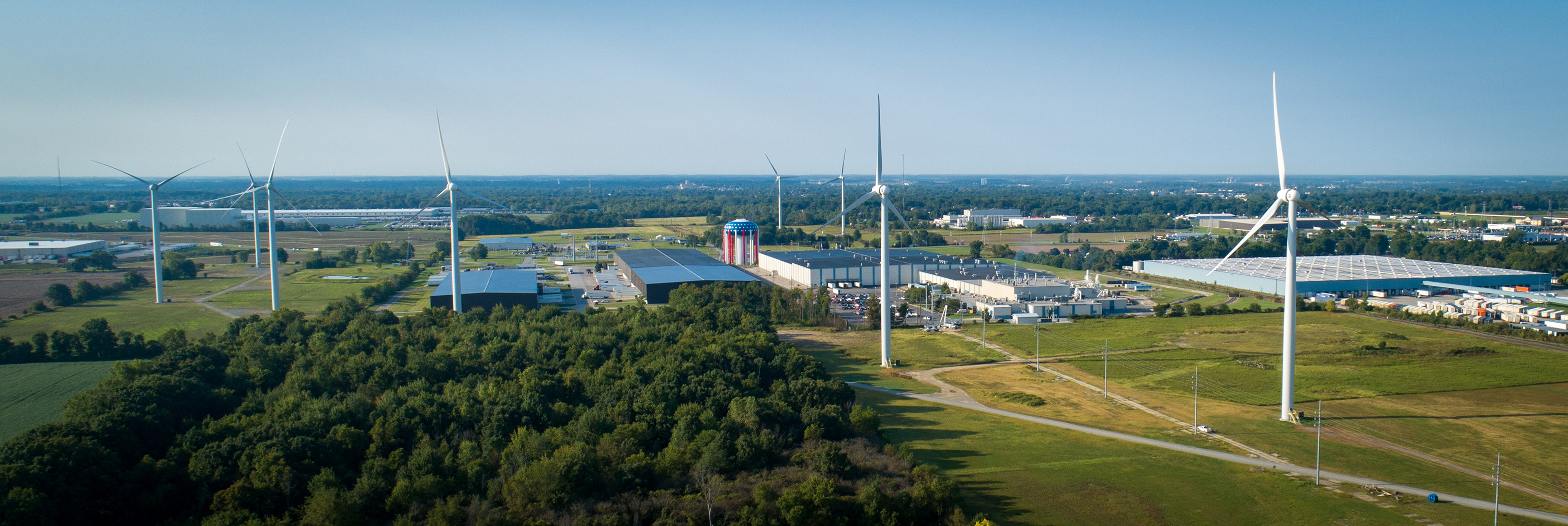ONE POWER FEED

SUBSCRIBE
CONNECT WITH US
News Filters
Filter By Category
A Day in the Life
Ask the Experts
Climb to the Top
Customer Announcement
Executive Thoughts
OPC in the News
Press Releases
Safety Minute
Science Shorts
Technician Talk
Tours and Community
Wind Energy Facts
Wind Study
Wind Views
November 09, 2022 – Wind Views | Mom, Do You Have Any Snacks?


October 28, 2022 – Wind Study | Answer 10


October 26, 2022 – Wind Views | Fall is Here


October 24, 2022 – Wind Study | Question 10


October 19, 2022 – “Innovating the Model with Utility 2.0” – One Energy CEO Jereme Kent on Energy Central’s Power Perspectives Podcast

One Energy CEO Jereme Kent was recently a guest on Energy Central’s Power Perspectives Podcast. Learn about the Utility 2.0 revolution as Kent explains why large industrial energy consumers are demanding change.
Listen to the full episode here.
October 19, 2022 – Wind Views | Teamwork Makes the Dream Work


October 12, 2022 – “Be prepared – your energy bill is going up this winter,” WVXU News

Cincinnati NPR affiliate WXVU News interviewed One Energy Analytics Technical Manager, Jeff Wedgeworth, about rising electric and natural gas prices and what to expect this winter.
Read the full article here.
October 12, 2022 – Wind Views | That’s a Wrap!


October 07, 2022 – Wind Study | Answer 9


October 05, 2022 – Wind Views | How Clean is Your Energy?


WHERE WOULD YOU LIKE TO GO NEXT?
